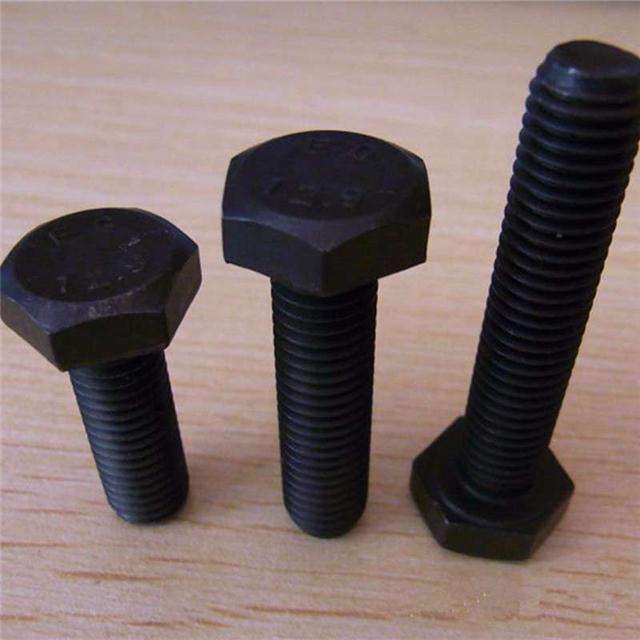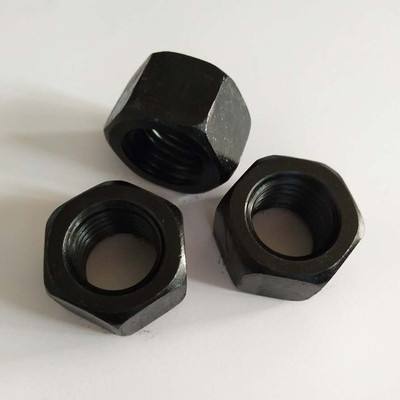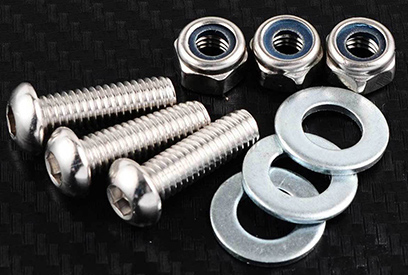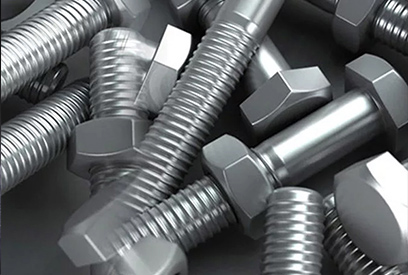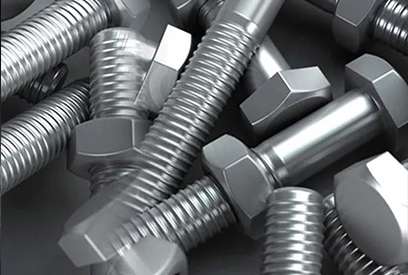In the processing of stud products, it is necessary to chemically clean the oxide and deteriorated rust on the surface of the stud so that the surface of the stud is exposed to the root of the ordinary stud. In this case, it can effectively improve plating, surface phosphate treatment, oxidation (black and blue), stretching treatment, calendering treatment, calendering treatment, anti-rust treatment, and other treatments.
In daily life, chemical rust removal is the method we need to use: rust removal. Although hydrochloric acid can quickly remove rust, it is also widely used because it is important to use it at room temperature. However, in actual operation, the descaling of hydrochloric acid can lead to "excessive corrosion" and "hydrogen embrittlement", and it is easy to release a large amount of acid mist, thereby causing specific environmental pollution and social harm.
Hex Nut Manufacturer introduces how to remove rust from studs:
1. Under normal circumstances, the treatment effect is fast and good at ambient temperature.
2. Generally, most of the media we use have the functions of penetration, dissolution, dispersion, crust peeling, and rusting.
In this case, the quality of hydrochloric acid for descaling is good. The rust removal quality meets or exceeds the Swedish anti-corrosion standards.
Another example is the excellent anti-corrosion and anti-fog effects. In addition, since various additives are contained in the anti-rust agent and anti-fogging agent, they will have a chemical effect, so the studs will not be excessively corroded or hydrogen embrittlement during the rust removal process. There are also related data showing that the standard content of acid mist in chemicals is lower than the concentration specified in the country, which helps the subsequent treatment and rust removal effect.



